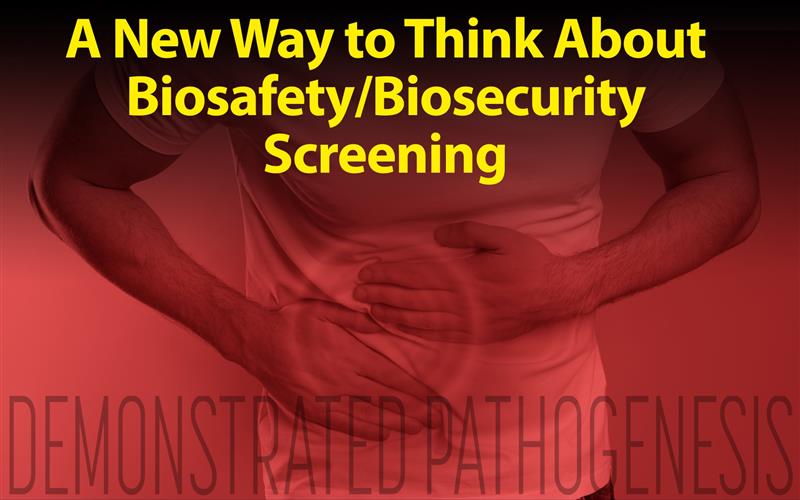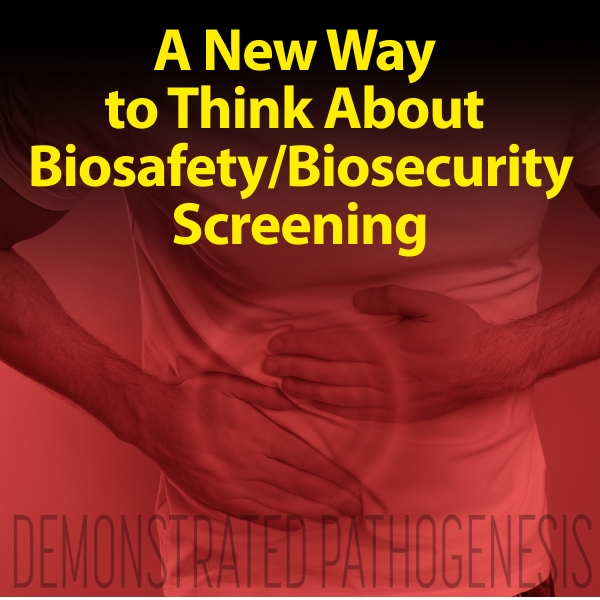
Abstract:
Screening synthetic nucleic acid orders for sequences of concern is a necessary part of a healthy biosecurity regime, but it exacts costs for nucleic acid providers. Taxonomy is and will remain a critical part of the decision-making process for screening, especially for viral sequences. But, moving forward, the function of a sequence will also be determinative of its level of concern, or lack thereof. Stakeholders continue to debate which functions are “of concern.” However these are ultimately adjudicated, nonviral sequences with unknown or hypothetical functions which, by definition, can bear no resemblance to sequences with concerning functions, must be considered innocent of harmful effects. To qualify as a nonviral sequence of concern, the sequence to which it is the best match must be demonstrated in the published literature to have a function of concern.
Download the open source manuscript here.
Gain access to the final, peer-reviewed paper here.
Authors:
Gene D. Godbold1, Krista L. Ternus1, Kevin Flyangolt2, Nicole Wheeler3, Michael Parker4.Jacob Beal5, Peter A. Carr5, Kemper Talley 5, Caitlin Jagla5, Bryan T. Gemler 6, Craig Bartling6, Rebecca Mackelprang7, India Hook-Barnard7, Jens Berlips8, James Diggans9, Samuel P. Forry 10, Sheng Lin-Gibson10, Tyler Laird10, Todd Treangen11, Tessa Alexanian12, Gregory Koblentz13, Kevin M. Esvelt14, Joshua Gil1,
1 Signature Science, LLC, 1670 Discovery Drive, Charlottesville, VA, USA
2 Aclid, Inc., New York, New York, USA
3 Institute of Microbiology and Infection, University of Birmingham, Birmingham, UK
4 Georgetown University, Washington, DC, USA
5 RTX BBN Technologies, Cambridge, Massachusetts, USA
6 Battelle Memorial Institute, Columbus, Ohio, USA
7 Engineering Biology Research Consortium, Emeryville, California, USA
8 SecureDNA Foundation, Basel, Switzerland
9 Twist Bioscience, South San Francisco, California, USA
10 NIST, Gaithersburg, Maryland, USA
11 Department of Computer Science, Ken Kennedy Institute, Rice University, Houston, Texas, USA
12 International Biosecurity and Biosafety Initiative for Science (IBBIS), Geneva, Switzerland
13 Schar School of Policy and Government, George Mason University, Arlington, Virginia, USA
14 Media Laboratory, Massachusetts Institute of Technology, Cambridge, Massachusetts, USA

